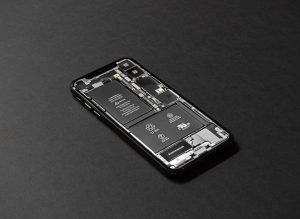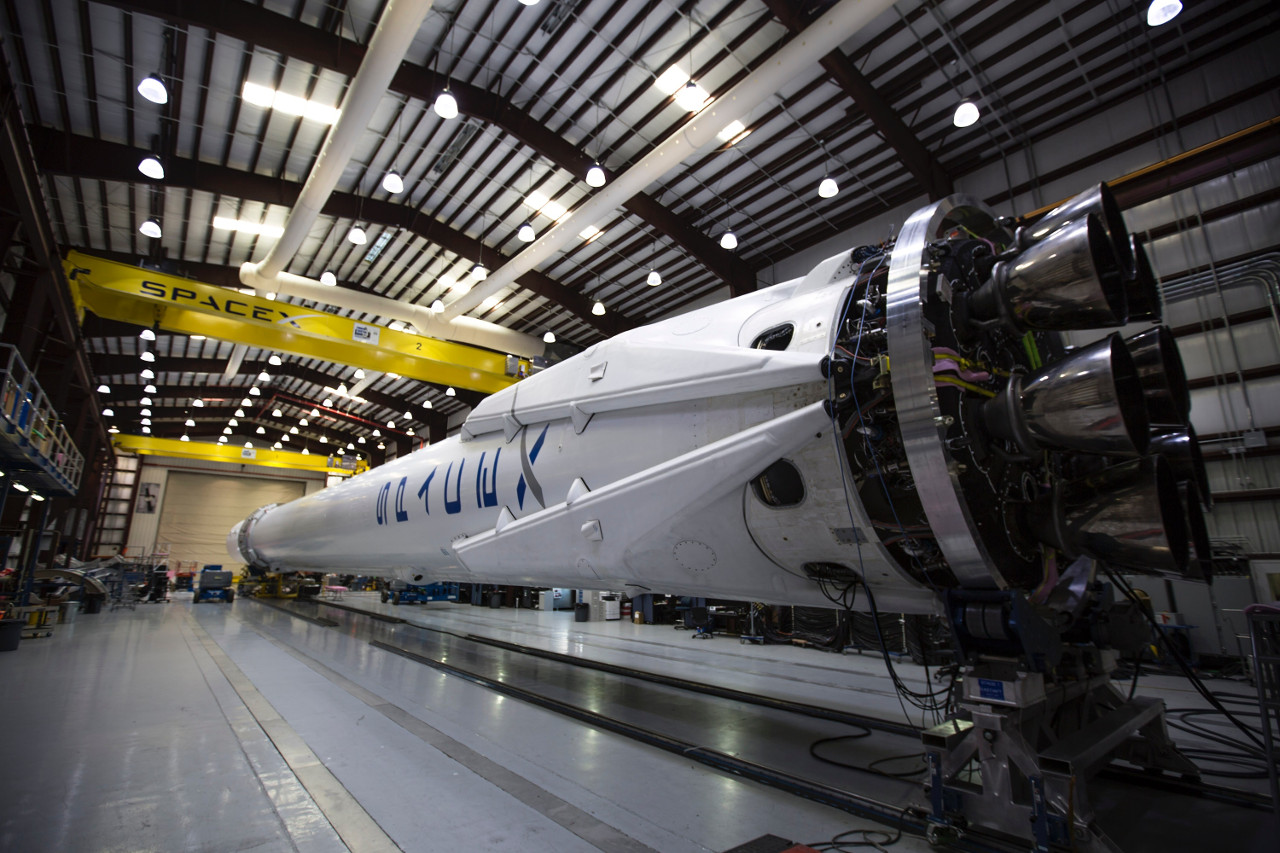Reverse engineering – what is it
Reverse engineering is gaining momentum now. Unfortunately, whereas many people are familiar with this term not many actually now what it implies. Engineering is also frequently called back engineering and basically refers to the process of deconstruction of a given object and in order to get knowledge of its construction. Of course, reverse engineering isn’t any new technology, yet it has become so popular now due to the newest technology and its applications. With state-of-the-art scanners and computer software it’s now possible to use reverse engineering to the full and to do it without actual need of physical object deconstruction.
 Reverse engineering connected with 3d scanners and modelling is particularly effective and efficient. Due to the modern devices it’s possible to scan and model objects with great accuracy and detail. Such precision and relative easiness of the whole process finds of course plenty of applications. What’s more, constant technological development makes it possible for reverse engineering to become the science of the future – both highly practical and effective. What are the most common applications of modern reverse engineering?
Reverse engineering connected with 3d scanners and modelling is particularly effective and efficient. Due to the modern devices it’s possible to scan and model objects with great accuracy and detail. Such precision and relative easiness of the whole process finds of course plenty of applications. What’s more, constant technological development makes it possible for reverse engineering to become the science of the future – both highly practical and effective. What are the most common applications of modern reverse engineering?
Possible applications of reverse engineering
When it comes to practical applications reverse engineering based on 3d scanning and modelling can be effectively used in: various kinds of engineering, manufacturing, car industry, machine parts production and many others. High efficiency of this process combined with top quality makes it constantly find new applications. All areas of business where it’s necessary to copy a part of an object, create a replacement part for a broken one or design a completely new one can definitely benefit from reverse engineering processes. What’s more, there plenty of advantages of this process. What are they?
Reverse engineering and advantages
First of all, due to popular technology it’s much easier to use reverse engineering and therefore it’s relatively cheap. It’s obviously much cheaper to copy a part or design a new one than to replace the whole object or machine. As a result reverse engineering is cost effective. What’s more, it also allows for lower maintenance costs. If it’s easy to create a part for a broken one maintenance doesn’t actually require much. Finally, it can be also used to effectively improve quality of the designed parts or whole objects or machines. With rapid technological advancement modern scanners are becoming more and more accurate and therefore it’s easier to model whole objects and even their smallest parts.

